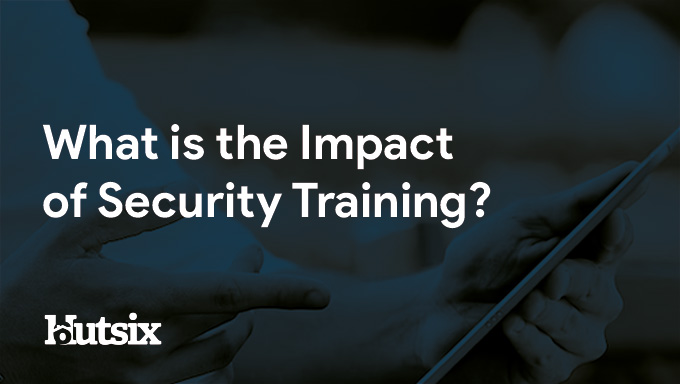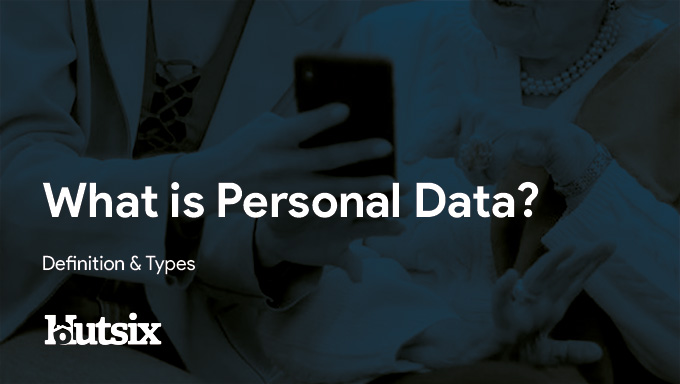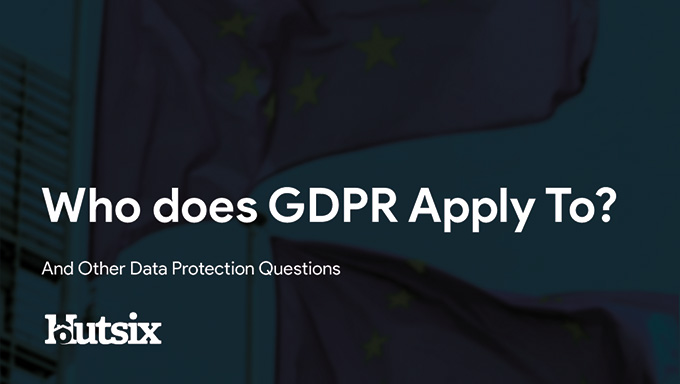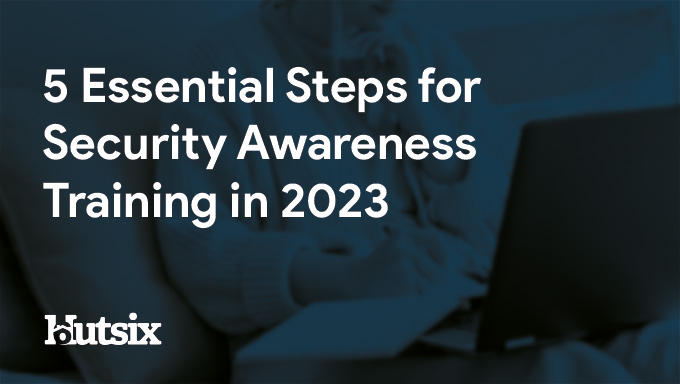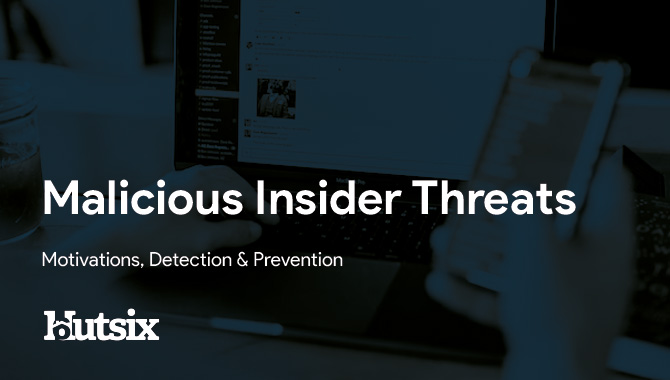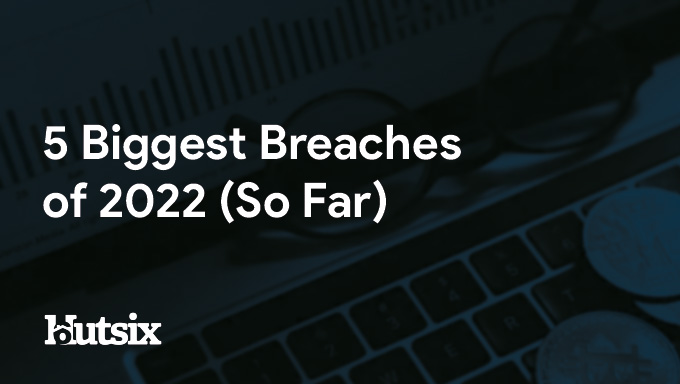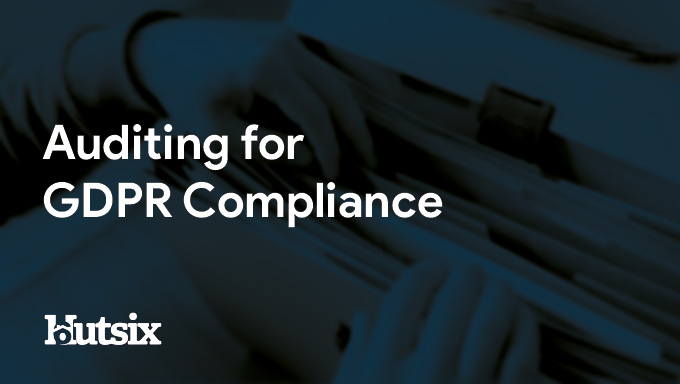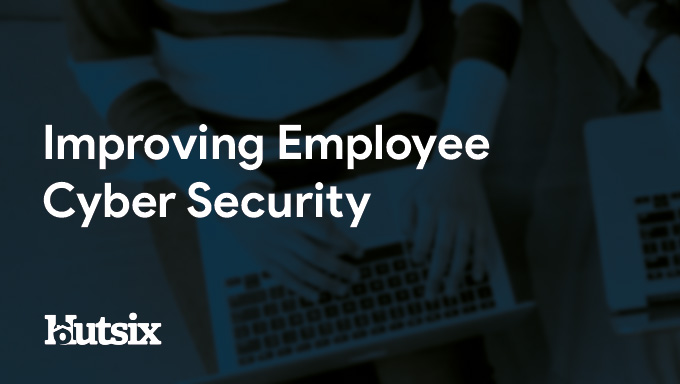Artificial Intelligence and Employee Security Training
In a recent article, businessman, technologist, and founder of software giant Microsoft, Bill Gates stated that as artificial intelligence (AI) progresses "the issues of online privacy and security will become even more urgent than they already are."
Given the advances we've seen in the last few years, it's hard to argue anything to the contrary. Though, as with many emerging risks, organisations are often slow to adapt, and struggle to keep pace with innovation.
Below, we explore the many reasons employees need AI security training, some of the key areas that should drive training and education, and the steps necessary to ensure employees are empowered to recognise and respond to these emerging threats, ensuring the security of sensitive information.
Looking for the right security training for your organisation?
Talk to one of our experts about effective training now.
Why do Employees Need AI Cyber Security Training?
AI is increasingly becoming integrated into various aspects of our professional lives. As such, employees need AI cybersecurity training to navigate this transformative landscape safely. Understanding the specific risks associated with AI is crucial, from potential data breaches and algorithm biases to sophisticated AI-driven phishing attacks.
As these technologies become an important part of everyday tools and applications, employees need an understanding of how they work to make informed decisions. Training should go beyond just safeguarding against external threats; and instead instil a proactive security culture within the workforce.
By educating employees on AI risk and how to mitigate them, training ensures compliance with legal and regulatory requirements, fostering a collective responsibility for cybersecurity. In essence, AI cybersecurity training is a strategic investment in equipping employees with the knowledge and skills needed to navigate the complexities of AI safely, promoting a resilient, security-conscious culture.
Read more: How Much Does Security Awareness Training Cost?
4 Key Areas for Employee Training
- Understanding AI Basics:
Start with foundational knowledge about what AI is and how it works. Ensure employees have a basic understanding of machine learning, algorithms, and the different types of AI (e.g., text-based, text-to-image).
- Data Privacy and Protection:
Emphasise the importance of data privacy and protection, especially when AI systems are involved. Discuss how AI relies heavily on data, and improper handling of data can lead to privacy breaches. Highlight the significance of adhering to data protection regulations.
- Inaccurate Outputs:
Address the potential for inaccurate outputs or 'hallucinations' in AI systems. Educate employees about the importance of verifying AI-generated results and being vigilant about unexpected or anomalous outcomes to prevent reliance on misleading information.
- Phishing and Social Engineering with AI:
Train employees to recognise and mitigate AI-driven phishing and social engineering attacks. AI can be used to enhance the sophistication of such attacks, making them more difficult to detect. Provide practical examples and simulations to improve employees' ability to identify and respond to these threats.
Read more: 15 Essential Cyber Awareness Training Topics for 2024
How do you Train Employees on AI Risks?
Before implementing training programs on AI risk for employees, it's essential to establish a strong foundation through policies, identification of key stakeholders, and a comprehensive strategy. Here are some key steps to consider:
Identify Key Stakeholders
Identify and involve key stakeholders within the organisation who are responsible for AI implementation, data governance, legal compliance, and IT security. This may include representatives from the IT department, legal, compliance, data science, and executive leadership.
Conduct Risk Assessments
Perform thorough risk assessments specifically focused on AI applications and systems. Identify potential risks associated with data, privacy, cybersecurity, and compliance. This will help in tailoring training programs to address the specific risks relevant to your organisation.
Establish Governance Framework
Implement a governance framework for AI that outlines roles, responsibilities, and decision-making processes related to AI initiatives. Clearly define who is accountable for AI security and ensure that there is ongoing communication and collaboration among different departments.
Develop AI Security Policies
Formulate clear and comprehensive policies that specifically address the use of AI within your organisation. Cover aspects such as data handling, privacy, security protocols for AI systems, and guidelines for employees interacting with AI tools. Ensure that these policies align with existing cybersecurity and data protection policies.
Legal and Compliance Considerations
Stay abreast of legal and compliance requirements related to AI in your industry and region. Ensure that your policies align with these regulations and consider consulting with legal experts to address any specific legal implications associated with AI use.
Find the Right Training Solution
Identify an effective security training solution that educates employees about AI security risk. Foster a culture of continuous learning by providing relevant, ongoing training and resources to employees.
By addressing these foundational elements, you create a conducive environment for effective AI risk training programs. This approach helps in fostering a culture of security awareness and accountability throughout the organisation.
Looking for an Effective Training Provider?
Here at Hut Six, we believe that training should not only be engaging but should provide tangible value to customers, which is why we're always tackling new subjects and evolving threats such as AI.
Ensuring employees are afforded the right training is a vital aspect of any security aware culture, reducing avoidable human error, and affecting positive behavioural change across your organisation.
All of Hut Six's training is crafted to educate users to identify, avoid and report cyber threats, and is specifically designed to produce meaningful behavioural change in your employees.
Learn more about our brand-new AI tutorial now!
Security Awareness for your Organisation
Enjoyed our blog? Learn more about how Hut Six can help improve you security awareness with training and simulated phishing. Start a free trial now, or book a meeting with one of our experts.
Featured
What is the Impact of Security Awareness Training? - Hut Six
Discover the Impact of Security Awareness Training: Prevent breaches, foster culture, & build trust.
What is Personal Data?
Learn about personal data, its types, and significance in data protection. Explore general and special category data, as well as pseudonymised and anonymised data under the GDPR.
Who Does GDPR Apply To?
Who Does GDPR Apply To? And Other Data Protection Questions/ Information Security blog by Information security awareness provider Hut Six Security.
Does ChatGPT Pose a Cybersecurity Risk
In this blog post, we explore whether AI chatbots like ChatGPT pose a cybersecurity risk. We delve into the potential vulnerabilities and threats posed by chatbots, and discuss measures that can be taken to mitigate these risks. Read on to discover how you can ensure the security of your organisation's chatbot interactions.
How Do I Get Cyber Essentials Certified?
Learn how to obtain Cyber Essentials certification and enhance your organization's cybersecurity posture with our comprehensive guide. Our expert insights will help you navigate the certification process to meet the requirements for Cyber Essentials.
Essential Steps for Security Awareness Training
Starting a security awareness training campaign? Here are 5 essential steps to help ensure information security success.
Malicious Insider Threats - Meaning & Examples
Malicious insider threats can cause massive problems. Here we examine some of the motivations behind attacks and methods of detection organisations can use to reduce risk.
5 Biggest Breaches of 2022 (So Far)
Five of the biggest and most significant data breaches, hacks, and information security attacks of 2022 (so far).
Auditing for GDPR Compliance
Questions to consider when auditing your business or SME for General Data Protection Regulation (GDPR) compliance.
Improving Employee Cyber Security
With human error responsible for many breaches and attacks, we offer some helpful areas for improving employee security compliance.



